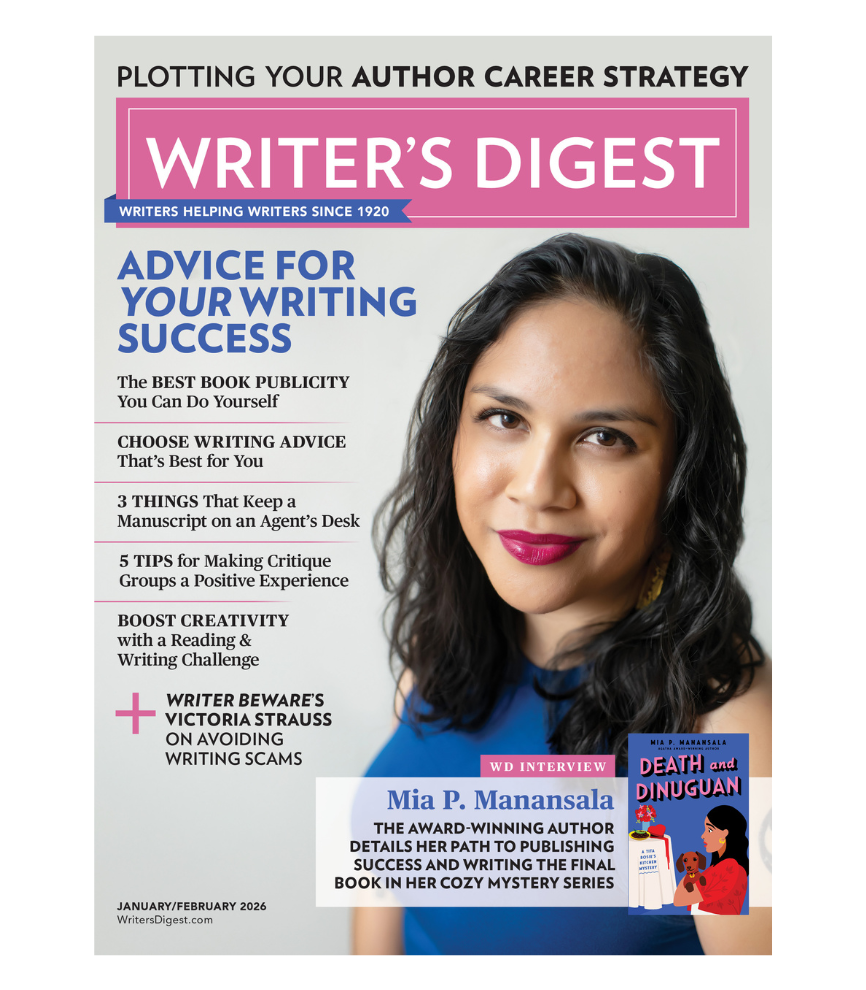How Long Does It Take To Write A Novel?
Between plotting, drafting time and editing time, you’ll be surprised how long it takes to write a novel. Author Anne Charnock breaks down the novel writing process with spreadsheets.
That’s the question I asked myself when I started to outline my second novel, Sleeping Embers of an Ordinary Mind.
I hear you say: Surely, you already knew!
But I didn’t. I wrote my first novel, A Calculated Life, over the course of several years with frequent breaks of many months. I kept coming back to the incomplete manuscript, reading it afresh each time, and then pressing on, adding a few thousand words before I had to put the manuscript away again. Life kept intervening.
When I started my second novel, Sleeping Embers of an Ordinary Mind, I vowed that I’d keep a detailed record of my progress. I created a spreadsheet, and in the first column I logged every date that I sat at my laptop to work on the novel. I specified whether I was outlining, drafting (in which case I typed in the word count) or editing. And because the novel had three storylines, set in the past, present and future, I added extra columns to keep a tally of the word count in each of the three time settings. When I'd completed the first draft of Chapter 1, I decided I deserved a new column titled 'Milestones.'
It's worth pointing out that I didn’t include all my research time!
Several years of art study are unaccounted for in the spreadsheet. But once I’d met my deadline and submitted my novel to 47North, I revisited my diary and counted the days I’d spent in China and Italy carrying out research specifically for this novel.
So how long did it take?
I started the outline on 12 May 2014, the day after I arrived home from China. I emailed the full manuscript to my editor, Jason Kirk, on 20 April 2015.
It took me 222 days of outlining, drafting, and editing to complete the manuscript, which had a word count of roughly 70,000. Adding my research days in China and Italy, and assuming a five-day working week (in fact, my working week varied from three days to seven days per week), it took me exactly 52 weeks to write my novel.
That’s right. Exactly one year. How strangely rounded is that?
You’ll see from the screen capture that my output was pretty pathetic some days. However, I found that the chapters I wrote quickly were the ones that needed the most editing. This brings me onto …
Drafting versus editing time
I can’t be definitive on this. I always edit as I go along rather than writing a full rough draft for a whole novel. In other words, as I go along, I’ll edit the previous paragraph, my morning’s work, my previous day’s work, and so on until the chapter is finished. On my spreadsheet, I regarded this on-the-hoof editing as drafting.
What I classed as ‘editing’ were the edits I made at the end of each chapter.
Now, Sleeping Embers of an Ordinary Mind has a fragmented structure, and the time setting switches, chapter by chapter, from future to present to past. I re-edited after every third chapter—partly to make sure the pace was comparable across the three story lines. I also checked the threads/themes/motifs, which I intended to weave through the narrative. I kept two more spreadsheets (I don’t favor white boards and Post-Its, though I’m sure other writers find them helpful):
An outline spreadsheet.
I started my draft with the barest plot outline so, as I progressed with the manuscript, I summarized the main events in each chapter—four or five entries at most—for easy future reference.
A themes/motifs spreadsheet.
I charted the positions of my recurring themes/motifs across the 21 chapters (see photograph).
In addition, when I reached the halfway point with the manuscript, I stopped to polish everything I’d written so far. Many writers may regard this as madness. However, I felt I needed to feel confident about the novel thus far before adding to an already heavily interwoven narrative.
I pressed on with the second half of the novel, repeating the editing process that I’d used for the first half. By the time I’d drafted the final chapter, I was ready to polish the entire novel.
I suspect this is not how most authors operate! And this only emphasizes how each writer has his/her own methodology partly determined by personal preference and partly dictated by the nature of the writing project.
According to my spreadsheet, the split was 50/50 between ‘drafting’ and ‘editing.’
Don’t forget, additional rounds of editing ensued once I’d submitted my completed manuscript—development edits, copy-edits, and proofreads.
How does this compare with my first novel?
I adopted a similar process for A Calculated Life though this first novel had a linear narrative—far less complicated in many ways. But I was a novice and when I reached ‘The End,’ I found that my manuscript needed far more than a final polish! For example, I changed the beginning of the novel twice before I felt it was ready for submission.
This week—though distracted by the release of Sleeping Embers of an Ordinary Mind—I’m working on the manuscript of my third novel, Dreams Before The Start Of Time. Maybe I’ll speed up with the experience of writing two novels, but somehow I think that’s unlikely. Each writing project throws up new challenges—there are new writerly problems to solve. And, as I keep reminding myself, it’s not a race.
Examples
If you are considering writing a novel with a fractured structure, here are a few fine examples:
A Visit From The Goon Squad by Jennifer Egan
The Hours and Specimen Days by Michael Cunningham
Ghostwritten and Cloud Atlas by David Mitchell
A Tale for the Time Being by Ruth Ozeki
Life: A Users’ Manual by Georges Perec
The Sound and The Fury by William Faulkner
A Short History of Tractors in Ukrainian by Marina Lewycka
*****
Push yourself beyond your comfort zone and take your writing to new heights with this novel writing workshop, designed specifically for novelists who are looking for detailed feedback on their work. When you take this online workshop, you won't have weekly reading assignments or lectures. Instead, you'll get to focus solely on completing your novel.
Anne Charnock debut novel, A Calculated Life, was a finalist for the 2013 Philip K. Dick and Kitschies Golden Tentacle Awards. Her new book, Sleeping Embers of an Ordinary Mind, is out now. Her writing career began in journalism and her articles appeared in the Guardian, New Scientist, International Herald Tribune, and Geographical. She traveled widely as a foreign correspondent and spent a year over-landing through Egypt, Sudan, and Kenya. Visit her at annecharnock.com and follow her on Twitter @annecharnock.








